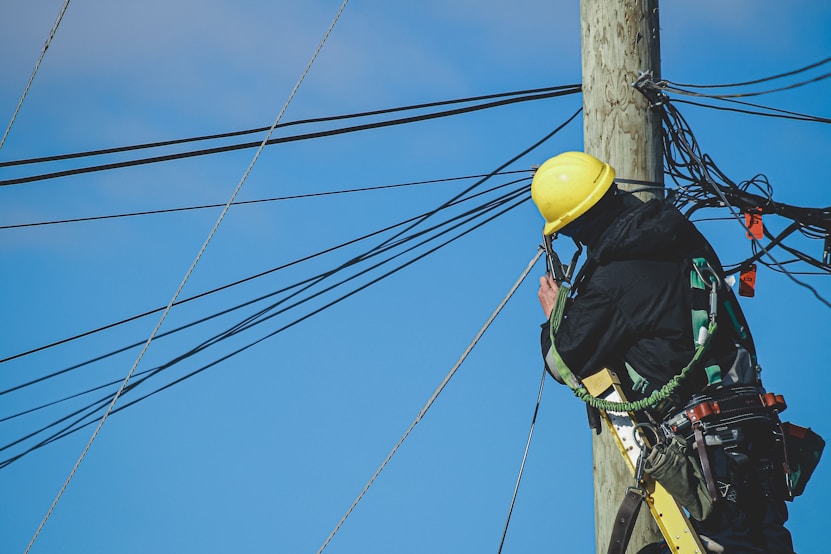
Every home relies on electricity, but many homeowners are unfamiliar with one of its most important components: the switchboard. Often tucked away in a hallway, garage, or utility room, the switchboard is the central control panel for your home’s electrical system. Understanding how it works can help you respond to electrical issues quickly and safely, making it an essential part of home safety knowledge.
The switchboard, also known as the electrical panel, fuse box, or breaker box, is the unit that distributes power from the main supply line to various circuits throughout your home. It contains circuit breakers, safety switches, and in older homes, possibly ceramic fuses. These components control and protect the flow of electricity to different areas, like lighting, power outlets, and major appliances.
Familiarity with your switchboard can save you time, money, and stress during an electrical issue. If a circuit trips due to an overload or fault, knowing how to safely reset a breaker can restore power without needing an emergency electrician. In case of electrical hazards like a burning smell or flooding, knowing how to shut off the main switch immediately can prevent damage or injury. This basic understanding also allows you to safely isolate power when doing simple electrical tasks, like replacing a light fixture or outlet cover.
Most modern switchboards include the following components:
If your switchboard is old, contains ceramic fuses, or lacks safety switches, it’s time for an upgrade. Modern switchboards are safer, more efficient, and better suited to the high power demands of today’s appliances. Call a licensed electrician if you experience flickering lights, frequent tripping, buzzing noises, or a burning smell near the panel. These are signs of serious problems that should be addressed immediately.
Your home’s switchboard is more than just a box with switches—it’s the heart of your electrical system. By becoming familiar with its components and functions, you can respond to electrical issues safely and confidently. Regular checks, proper labeling, and a basic understanding of how the switchboard works will help you keep your home safe, avoid electrical hazards, and know when to call in a professional.
